Energy-Saving Tips for your Home
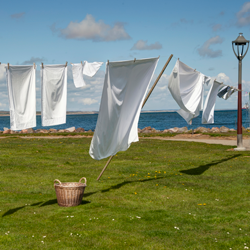
Laundry
- Purchase ENERGY STAR® washers and dryers (see below for rebate incentives).
- Wash full load of clothes in cold water.
- When possible, hang clothes instead of using a dryer.
- Clean the lint screen every load to reduce energy costs and help prevent house fires. Periodically inspect your dryer vent to be sure it is not blocked.
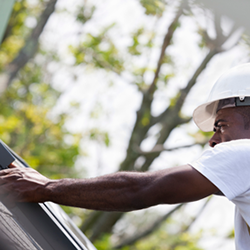
Roofing
- If you are replacing your roof, buy roofing with an ENERGY STAR® label. Select new roofing that is light in color.
- Apply a reflective coating to an existing roof to bounce off the sun’s rays. It is like thick paint, and you can do it yourself.
- Consider installing a green roof on your home. A “green” roof, planted over a waterproof film in soil, provides insulation for your home and lowers your indoor temperature. Contract with a licensed, experienced professional.
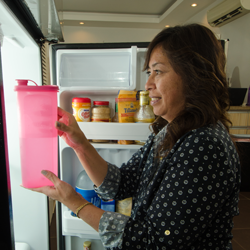
Refrigerator/Freezer
- Purchase an ENERGY STAR® unit when buying a new refrigerator or freezer.
- Don’t set the temperature colder than necessary. Set the refrigerator temperature between 36º F and 42º F. Set the freezer control between -5º F and +6º F.
- Clean dust off the coils and filters.
- Check the rubber seals on the door. Replace if worn.
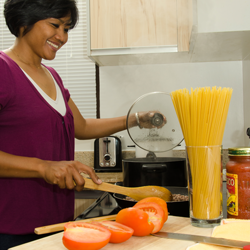
Oven/Stove
- Reduce the heat. A fast boil does not cook faster than a slow boil, but it does use more energy.
- Don’t peek in the oven. Every time you peek, the temperature drops 25º F and requires additional energy to bring the temperature back up.
- Use retained heat. Turn off cook tops or ovens a few minutes before food has completed cooking.
- Put a lid on it. Cook food and boil water in a covered container.
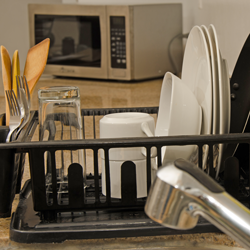
Dishwasher/Sinks
- Air drying dishes instead of using the heated dryer setting on your dishwasher can save you 110 kWh and $20.89 per year.
- Wash only full loads of dishes.
- Fix a leaky faucet. A leaky faucet that drips just one hot water drop per second costs you 400 kWh and $75.98 per year.
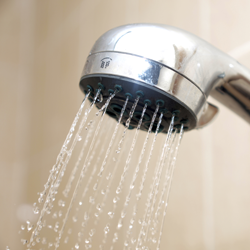
Bath
- Shorten your showers by just two minutes. Each shower could save you up to 233 kWh and $44.26 per year per person in your household. Plus, you’ll save on your water bill too.
- WaterSense shower heads can save water. They can save enough to wash 70 loads of laundry and conserve enough energy to power a home for 13 days a year.
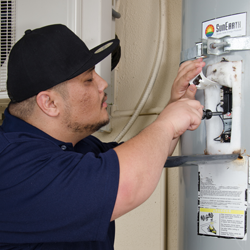
Water Heater
- Purchase an energy-efficient model. Consider tankless models.
- Set the heater to 120º F.
- Repair any dripping faucets promptly.
- Install water saving devices.
- Use low-flow showerheads and aerators on faucets.
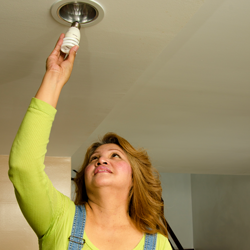
Lighting
- Use light-emitting diodes (LED) bulbs or compact fluorescent lamps (CFL).
- Use motion-detecting switches on outdoor lighting.
- When designed well, LED lighting can be more efficient, durable, versatile and longer lasting—so consider the long-term benefits of LEDs when making your purchasing decisions.
- Because CFL bulbs contain a small amount of mercury, they must be handled and disposed of with extra care. Please click here for more information.
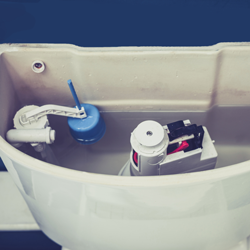
Low Flow Plumbing
- Achieving more savings by fixing a leaking faucet or twisting on an aerator, costing only a few dollars.
- Turn off the water while brushing your teeth or shaving. Less water down the drain also means less energy to deliver and heat water.
- If you can’t replace your high volume toilet, install a dual flush valve or put a plastic bottle filled with water in your toilet tank to reduce the amount of water used.
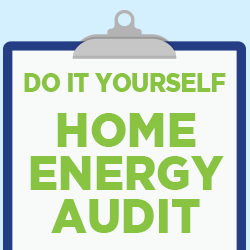
DIY Home Energy Audit
- Simple to fill out
- Maximize home energy efficiency
- Identify problem areas in your home
- Improve power consumption habits
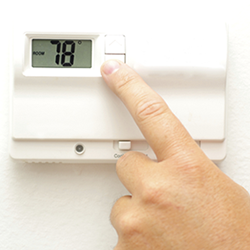
Cooling
- Purchase energy-efficient ducted or ductless air conditioning units (see below for rebate incentives).
- Use fans instead of air conditioners. Even if you use your air conditioner, use fans to circulate cold air and save energy and money.
- Check to see that windows and doors are closed when cooling your home.
- Turn off fans when room is not occupied.
- Add tinting to windows, close drapes or shutters or plant shrubs and trees on east and west exposures.



